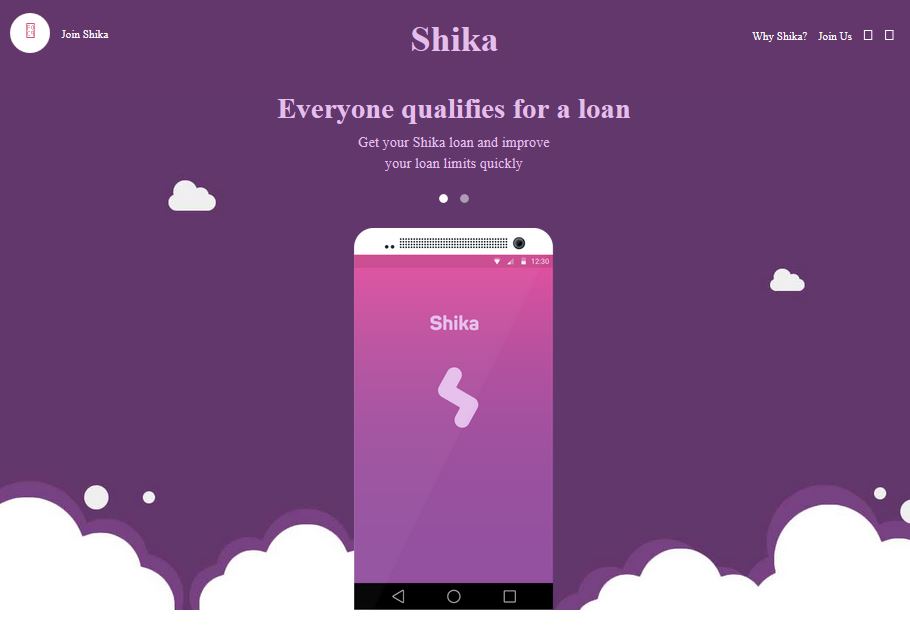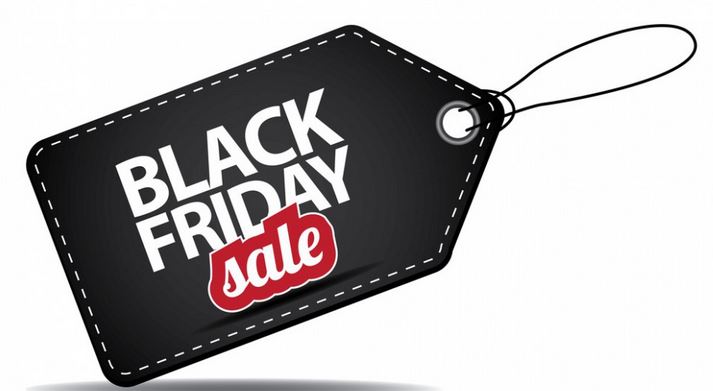 InMobi, recently released insights on Kenyan shoppers and their behaviour particularly when making purchase decisions in retail shops. The research was based on a survey spread over a sample of 503 respondents across Greater Nairobi, Eldoret, Kisumu, Mombasa, Nakuru and Nyeri and a few other less prominent areas like rural towns.
InMobi, recently released insights on Kenyan shoppers and their behaviour particularly when making purchase decisions in retail shops. The research was based on a survey spread over a sample of 503 respondents across Greater Nairobi, Eldoret, Kisumu, Mombasa, Nakuru and Nyeri and a few other less prominent areas like rural towns.
Findings reveal that 65% of shoppers are influenced by their mobile phones when making a decision to buy groceries at a local supermarket. In specialty or boutique stores, consumers use mobile 34% of the time to augment their shopping experience, but the majority augment their shopping experience with a mobile phone when in malls or department stores; a larger 31% of respondents. Interestingly, 29% of consumers are using their mobile phones while shopping at street traders either to compare product prices to major retailers or check availability in those retailers. “The mobile phone has become the consumer’s constant companion and is their social interface to the world.It is instrumental in that it reaches them when they are economically active unlike many other types of media. The power to influence behaviour in the retail space is taking off on a global scale, and retailers in Africa are starting to realize this potential,” says Moses Kemibaro, Sales Director for InMobi Africa.
In Kenya, many consumers are searching using their mobile devices before going shopping, presenting a vast opportunity for retailers to convert sales pre-arrival of the shopper. 69% of the 500 respondents conducted mobile searches for electronics or appliances, with 46% pre-searching for restaurants and bars and 67% searching for luxury goods including clothing and accessories. This would essentially give good traction to sites like eatout.co.ke which is a directory listing of all restaurants and eateries in a predefined radius. The concept of using a mobile device to augment a shopping experience has been labeled “search-andising”. This however is not only limited to search.
- 41% – scan the product code to find out more information online,
- 31% – track their shopping list and expenses on their phones
- 20% – take pictures of products for their own consideration.
Not surprisingly, females under 40 are 10% more likely to take pictures of products they intend to buy and to get their friends’ input on products.
On issues of mobile content and its applicative usefulness while doing actual shopping:
- 46% – search for product information and availability
- 34% – searching for info on sales and promotions
- 30% – are looking for custom shopping lists
Showcasing products in the mobile space is becoming progressively more innovative as companies are realizing they need both a full website and mobile website (mobisite) or Mobile App to engage consumers effectively. Kenyans surveyed would like to see more product information or photos through their mobile to aid them in their shopping experience, as well as to see store operating hours and directions on their phones. The fact that very few Kenyan retailers offer Mobile Apps, is likely the reason why only 8% of respondents wanted official retail apps, local retailers should model Apps based on international success stories in this field like Starbucks and Tesco.
Overall, the outlook towards mobile retail advertising remains largely positive with mobile giving opportunity to a consumer to:
- Compare prices
- Search trends
- Identify with their brands of choice
TV remains dominant in driving retailers to store and products with a whole 47% agreeing to this. Newspaper ads maintain a significant share as well with 42% feeling that print ads still drive most walk-ins into retail shops, social media also got a 42% backing from the respondents as a major player especially since most social media interaction is done on mobile phones. And devices. “Consumers are looking for the full brand experience, and the convergence between mobile and social to create a retail pull is a proven and cost effective way to translate consumer behaviour online into purchase decisions,” said Kemibaro. “Targeting potential shoppers with mobile advertising is key for retailers, by offering mobile coupons for example; a retailer could switch a shopper, even if the shopper is in a competitor store at that point in time”.
InMobi’s intelligent insight was conducted in conjunction with consumer insights experts Decision Fuel, looks to provide agencies, publishers and advertisers with the latest, cutting-edge research on media consumption habits of consumers on mobile devices and thereby contributing value to the mobile ecosystem in delivering the best mobile products for its partners and customers.
You can find the Searchandising Infographic and Retail Research Presentation on my DropBox.




